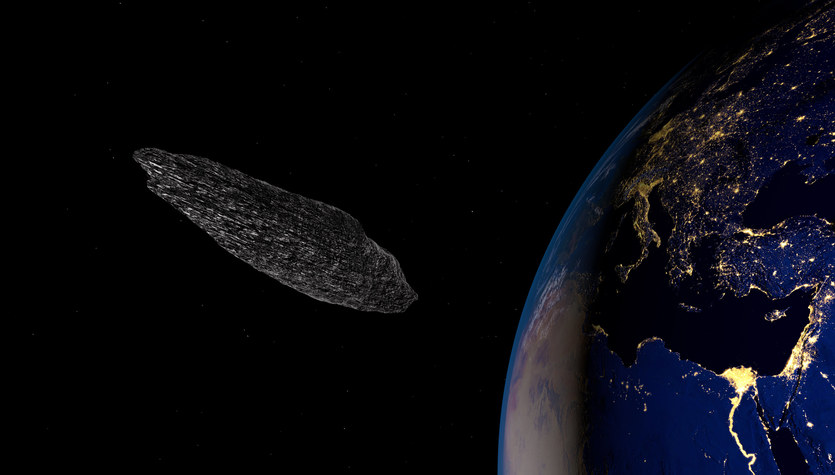We’ve all looked at the sun. It is a very bright ball of light that looks identical at every point. We would look at our star in a completely different way if we pointed at it a telescope equipped with the appropriate technology that allows us to see the details of the surface of the sun.
NASA just revealed a shocking film titled “133 days in the sun” (Eng. 133 days on the sun). The approximately hour-long documentary was created as part of an experiment Experience extreme UV variability).
It consisted in the fact that the SDO satellite camera was pointed at the Sun and took a picture every 108 seconds. Each photo was taken in extreme ultraviolet light. Thanks to this, you can see even the smallest details of the surface of our star. The images formed a fascinating documentary record of how the sun changed over the course of 133 days. It turned out that an amazing spectacle was unfolding before our eyes.
The surface of the sun is constantly changing. The light and dark areas overlap and appear to resemble the skin of a living being. From time to time our whistle oozes from its amazing inner protuberances, that is, great arcs and rings of burning matter rising from and descending to its surface.
Every day, the SDO satellite takes pictures of the sun, which are then sent back to Earth. The film was posted on the YouTube service of the Robert H. Goddard Space Flight Center. During the film, at the bottom, the exact date the photo was taken is given, which later formed the film.
The film shows 133 days in the life of the Sun from August 12 to December 22, 2022. NASA uploaded the video on January 5, and it immediately garnered a strong following. Many netizens confirmed in the comments that after watching it, they began to perceive the sun differently. “It’s a living beingwrote one commenter.
The movie was made thanks to the sun SDO (Solar Dynamics Observatory) satellite, which is a real space observatory. NASA launched the spacecraft in 2010 and put it into a geostationary orbit 22,000 km above Earth. Its mission was not only to take pictures of the sun, but also to measure the magnetic field and temperature of the plasma in the solar corona.
The sun rotates every 27 days, so a satellite can record the changing view of our star’s surface throughout the year. Every day, SDO sends 70,000 images back to Earth, or more than 1.5 terabytes of data. NASA considers the project related to the SDO satellite an exceptional success. His mission was originally intended to last five years. However, NASA recently announced that the solar satellite will operate until at least 2030.

“Prone to fits of apathy. Introvert. Award-winning internet evangelist. Extreme beer expert.”










